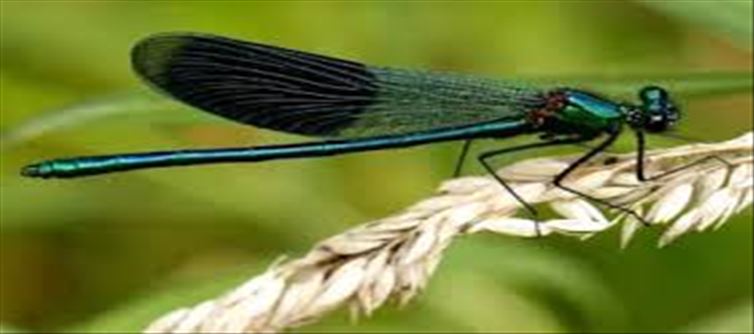
Scientists claim - Increase in the number of dragonflies…
A three-day dragonfly and damselfly survey was conducted in Yamuna, Aravali, Neela Hauz, Tilpath Valley, Kamala Nehru Ridge, Tughlakabad and Kalindi Kunj areas of Delhi. These surveys were conducted in seven DDA biodiversity parks during september 18 to 20. The three-day dragonfly and damselfly survey showed a slight decrease in the number of species and an increase in the number of flies compared to previous years. The major areas in delhi where the dragonfly survey was conducted include Yamuna, Aravali, Neela Hauz, Tilpath Valley, Kamala Nehru Ridge, Tughlakabad and Kalindi Kunj.
10 times more flies than in 2022
According to the indian Express report, 3,150 flies were recorded at Kamala Nehru Ridge in delhi, which is ten times more than the number (391) recorded in 2022. According to a statement issued by the DDA Biodiversity Parks Administration on Saturday, this increase is closely related to the extended monsoon season experienced in the area this year, which has led to more favorable conditions for breeding and habitat availability.
The most commonly seen dragonflies across all biodiversity parks were the Wandering Glider and the Ditch Jewel. This is indicative of their "wide range of tolerance" and suitable habitat for them in Delhi's urban landscape.
Decline in the number of Blue Hauz
21 species were recorded in the yamuna Biodiversity Park, which was the same as last year. Aravalli Biodiversity Park and Tughlakabad Biodiversity Park witnessed a marginal decline as it was 10 and 12 respectively compared to 11 and 14 counted in previous years. The number of species in Neela Hauz declined significantly and it came down from 13 to just five.
Increase in number of species
An increase in the number of species was observed in Kalindi Biodiversity Park where 14 were recorded this year compared to only eight last year. The number of species remained the same in Kamla Nehru Ridge where it was 25 in both the years. A marginal increase in the number of species was observed in Tilpath Valley as seven species were recorded from the previous count of five.




 click and follow Indiaherald WhatsApp channel
click and follow Indiaherald WhatsApp channel